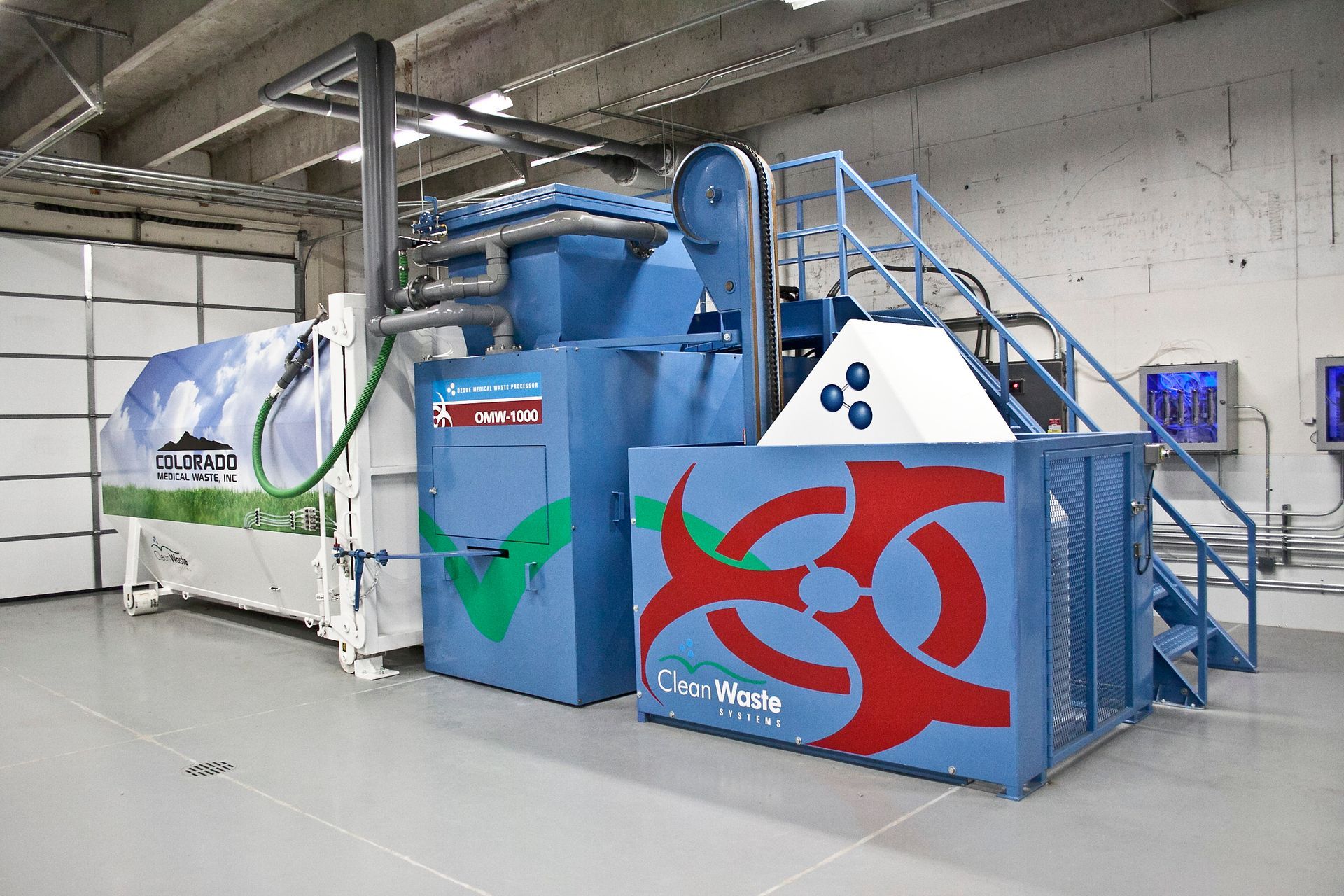How to Actually Reduce the Cost of Medical Waste Disposal

Hospitals across the country are feeling pressure as the cost of medical waste disposal rises. Regulations are getting tighter, and operations directors and sustainability teams are left searching for real solutions that reduce costs without risking patient care or disrupting day-to-day operations.
Clean Waste Systems offers practical, proven strategies to lower the cost of medical waste disposal while still maintaining safety, compliance, and performance. From smarter sorting to rethinking vendor contracts, this article offers insight that can make a measurable difference.
The Rising Costs of Medical Waste Disposal
Because landfills and incinerators are at max capacity, medical waste disposal fees are getting more expensive. But these rising costs aren’t limited to direct waste handling. Hospitals are also absorbing indirect expenses, like fines for improper disposal, regulatory compliance upgrades, and the hidden cost of inefficient systems that create more waste than necessary.
Waste disposal also contributes to Scope 1, 2, and 3 emissions, which tie directly back to financial impact:
- Scope 1 – Direct greenhouse gas emissions from sources a hospital owns or controls, like incinerators or on-site generators.
- Scope 2 – Indirect emissions from the energy a hospital buys, such as electricity used to power sterilization or treatment equipment.
- Scope 3 – All other indirect emissions in the supply chain, including the manufacturing, transportation, and disposal of medical products and waste.
Shifting medical waste emissions from Scope 1 to Scope 3 may seem like progress, but it doesn’t get rid of the problem. As organizations work to reduce Scope 1 and 2 emissions, they’ll likely circle back to the same challenges.
Common Cost-Cutting Strategies and Their Monetary Risks
Many hospitals try to lower the cost of medical waste disposal by outsourcing treatment or relying on incineration. However, these approaches often create new financial burdens.
Outsourcing Medical Waste Treatment
Hospitals are often charged by the pound. As waste volumes increase, so do the bills. Rising fuel prices and transportation challenges add to the total. There are also hidden risks – if a third-party handler fails to follow proper protocols, the hospital is on the hook.
Fines, penalties, and even legal action for mishandled waste can quickly erase any short-term savings. And because these are continuous, recurring costs, with no cost controls, the long-term financial impact can be staggering.
Incineration or Off-Site Processing
Whether a hospital invests in a heat-based on-site processing system or outsources to a treatment facility, the costs are high. These systems consume large amounts of energy, and many depend on water-intensive sterilization, which adds to utility costs. Even when outsourced, these operational inefficiencies are often passed back to the hospital through service fees.
Environmental Compliance Costs
Emissions from incineration fall under Scope 1 and Scope 3 reporting. That means hospitals must invest in expensive systems to monitor, report, and reduce these emissions. Outsourcing to avoid Scope 1 and 2 energy expenses doesn’t decrease the overall cost of medical waste disposal. It simply moves to a different line on the balance sheet.

A Smarter Approach: On-Site Ozone Treatment
On-site ozone treatment is a sterilization process that hospitals can use to reduce the need for outsourcing and the related expenses.
The system’s energy-efficient design helps cut utility costs. Compared to traditional autoclaves or microwave-based systems, it uses significantly less energy and water—saving thousands of dollars annually in utility bills.
Ozone technology also reduces waste volume by up to 85%, meaning fewer trips to the landfill and lower transportation and tipping fees. By minimizing both the volume and frequency of disposal, hospitals can drastically reduce hauling costs.
Perhaps most importantly, keeping treatment in-house minimizes liability risks. When hospitals control the entire process, they avoid fines, compliance issues, and the legal headaches that come with potential third-party mishandling.
Lower the Cost of Medical Waste Disposal with Clean Waste Systems
Medical waste disposal has become a growing drain on hospital budgets. Outsourcing, energy-heavy treatment systems, and regulatory risks all contribute to rapidly rising costs.
Clean Waste Systems offers a smarter, more sustainable alternative. By switching to on-site ozone treatment, hospitals can:
Reduce third-party service costs.
Cut utility bills.
Lower transportation and landfill fees.
Avoid compliance fines.
Reduce greenhouse gas emissions.
For hospitals looking to reduce the cost of medical waste disposal while improving operations, Clean Waste Systems is the partner to call.
Get a quote today and take the first step toward cutting medical waste disposal costs.
Choosing Clean Waste Systems means delivering better outcomes to patients and the environment at large.

